Ten years ago, I planted a Willow Oak. At the time, I didn’t really know enough about it to make the minimum 100-year commitment expected with oak trees. I had never actually seen a Willow Oak in person, only photos. In retrospect, planting that tree was a bit like deciding to get married before a first date. The tree looked good in photos, but we had never met.
According to its “on-line profile,” Willow Oak (Quercus phellos) is native to stream banks and wet meadows in the eastern US from the southern tip of New York to Florida, and inland to southern Illinois, Oklahoma, and Texas. So, where I live, north of New York City, Willow Oak technically is not native. And it’s definitely not common. But I had heard that Willow Oaks are very popular as far north as Pennsylvania and southern New Jersey, and I figured with ranges pressing northward due to global warming, it should work. The hardiness rating of Zones 6 to 9 included my area, so I decided to commit.
At first sight, you might not even guess that this glorious tree is an oak, but it is a member of the red oak family. Typical oak leaves are divided into lobes with pointed or rounded tips, but Willow Oak leaves are long, narrow, and undivided – somewhat like willow leaves.
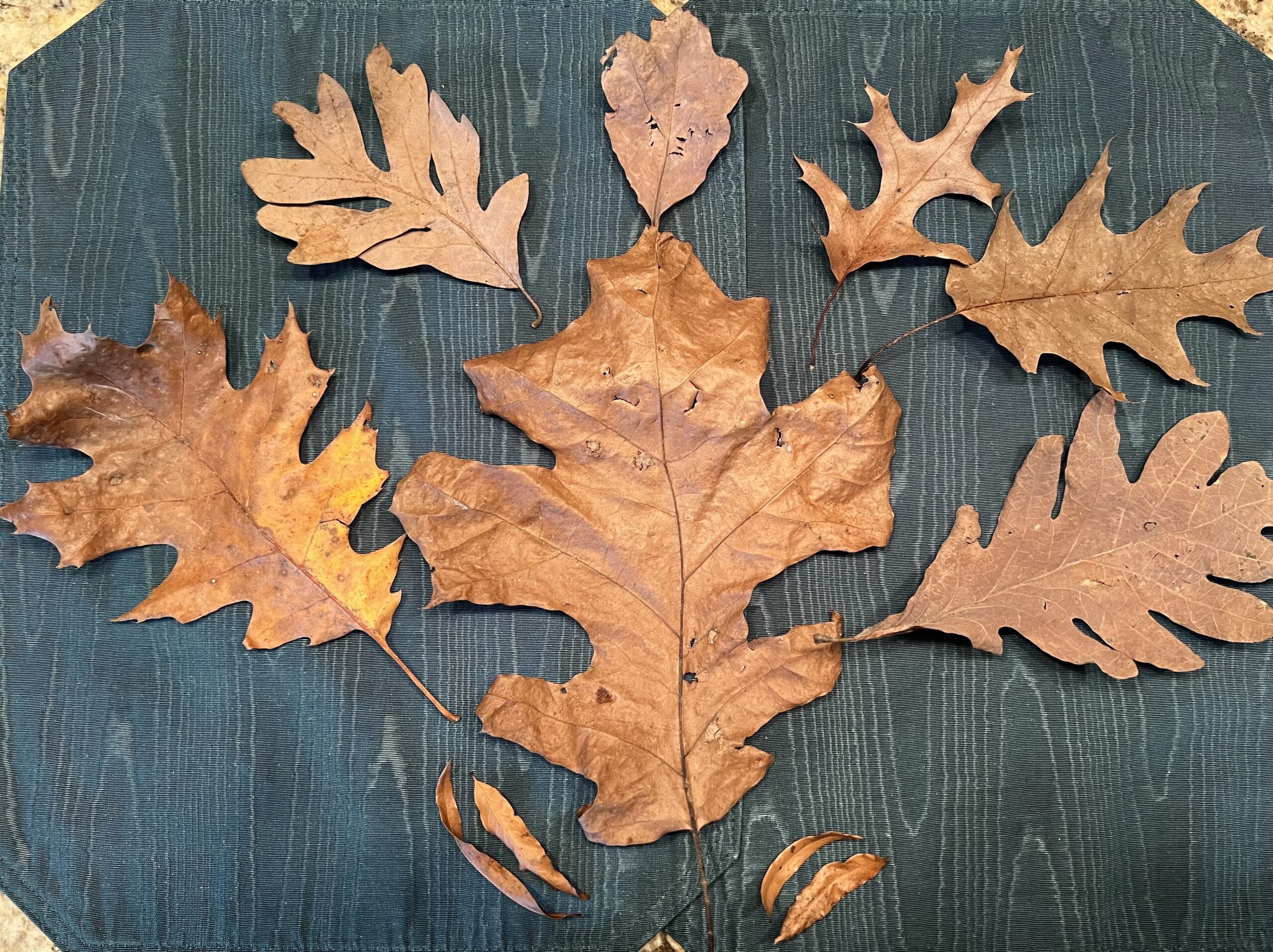
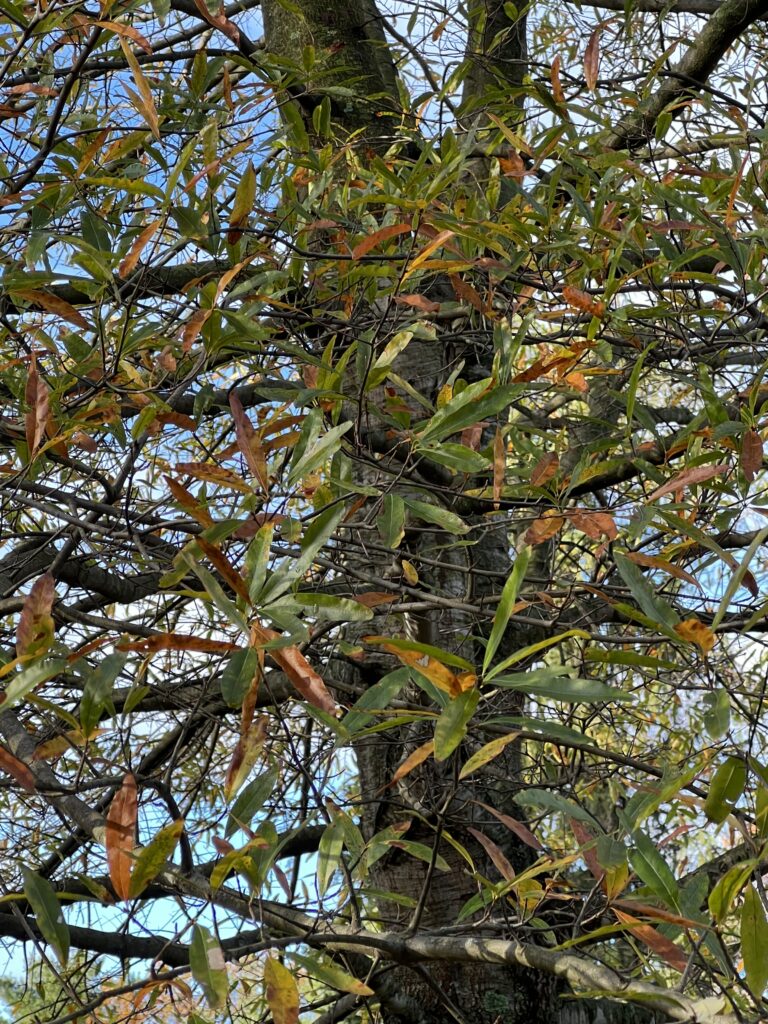
The long slender leaves of Willow Oak are part of its charm. They cast a dappled shade in summer and dance lightly in the wind. In the fall, the unusual leaves of Willow Oak make me the envy of my neighborhood. While leaf blowers roar and leaf bags pile up everywhere, I can completely ignore the Willow Oak leaves falling on my lawn and driveway. They just seem to disappear!
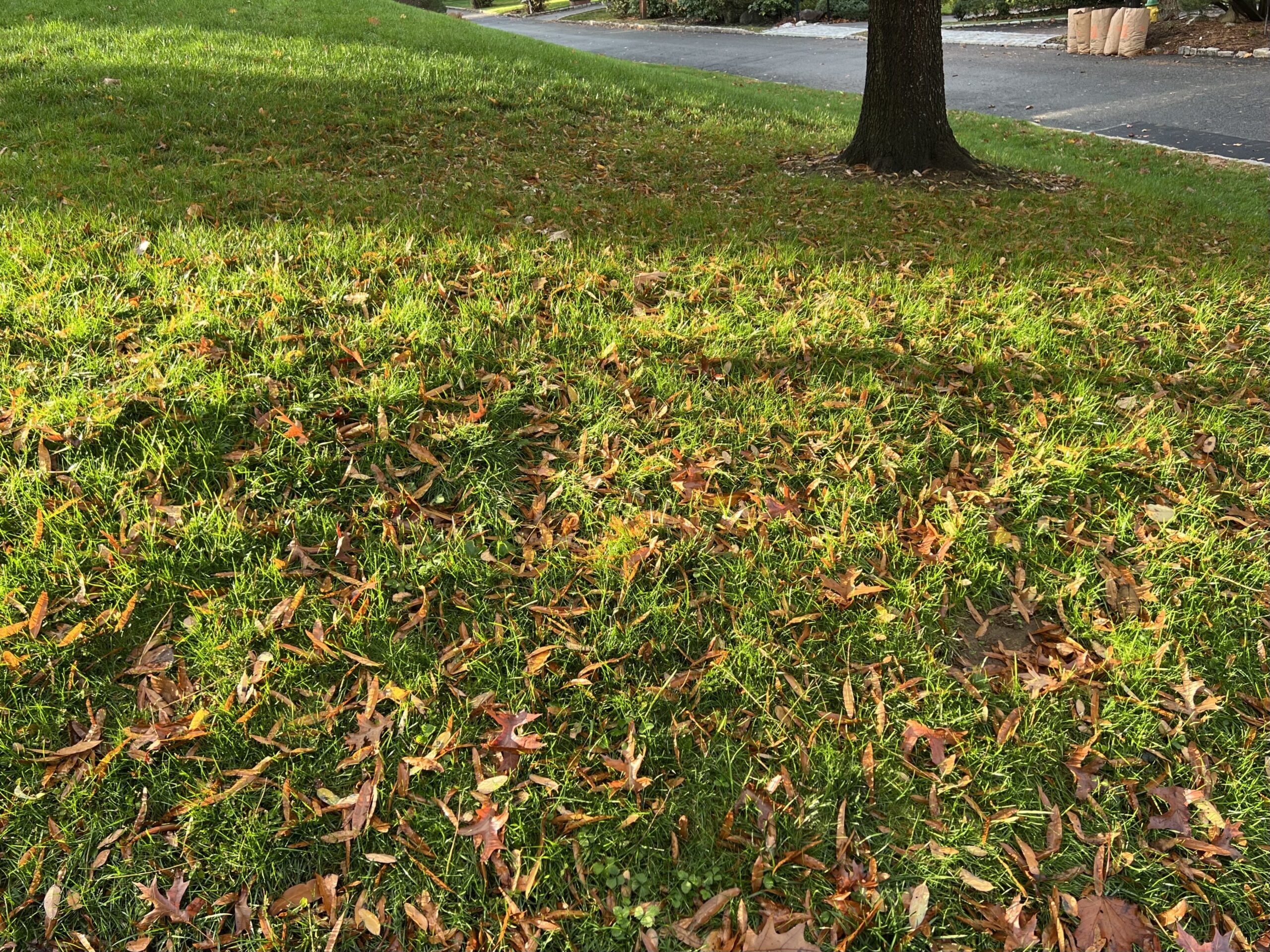
Willow Oaks are surprisingly fast growing. For the first several years, their energy is dedicated to developing a shallow, fibrous root structure; but after that, they can add 2 feet per year in height. Ultimately, they will reach 60 to 80 feet or more with a majestic spread of 30 to 60 feet. They are easier to transplant than typical oak species with tap roots, so if you’re in a hurry, you can start with a larger tree. Knowing that much, I chose a young tree, already about 15 feet tall with a trunk diameter of 2.5 to 3 inches, rather than a smaller sapling. Ten years later, my tree is well over 30 feet tall with a trunk diameter of 15 inches.
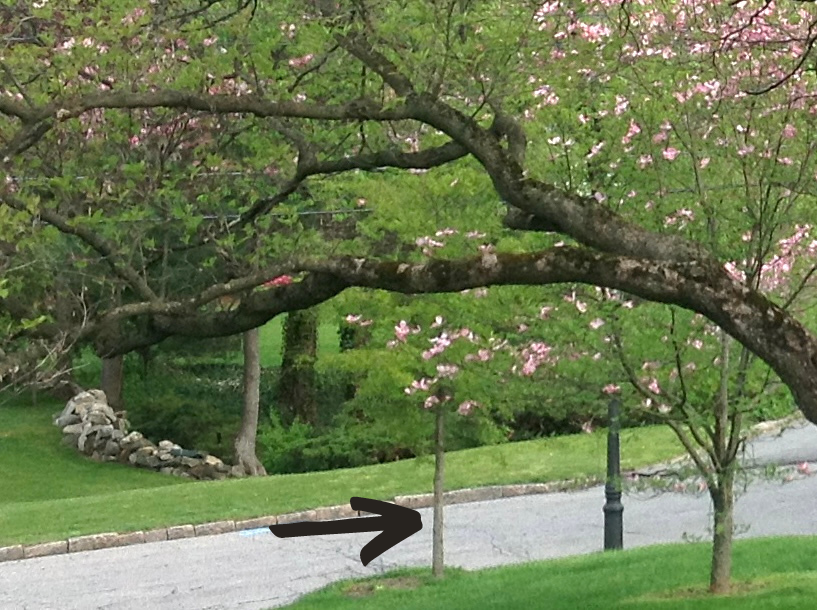

The shallow root structure of Willow Oak makes sense for a tree that evolved in low-lying flood zones and along streams, but it also makes sense for a specimen tree planted in irrigated lawn. Willow Oak is ideal for suburban lawns and parks, and makes an excellent street tree if enough room is provided for its roots to expand laterally. Unlike oak species with deep tap roots, Willow Oak will buckle pavement if planted too close to sidewalks or driveways, but with enough space, it is a great tree for front yards.
Although it needs ample water when young, once established, Willow Oak is fairly drought tolerant. Full sun is essential, and Willow Oak prefers acidic soil. It is a favorite shade tree in the South, where it is valued for its storm-resistance. It withstands flooding and heavy clay soil, as well as urban pollution, heat, and strong wind. Given the right place, a Willow Oak can survive well over 100 years.
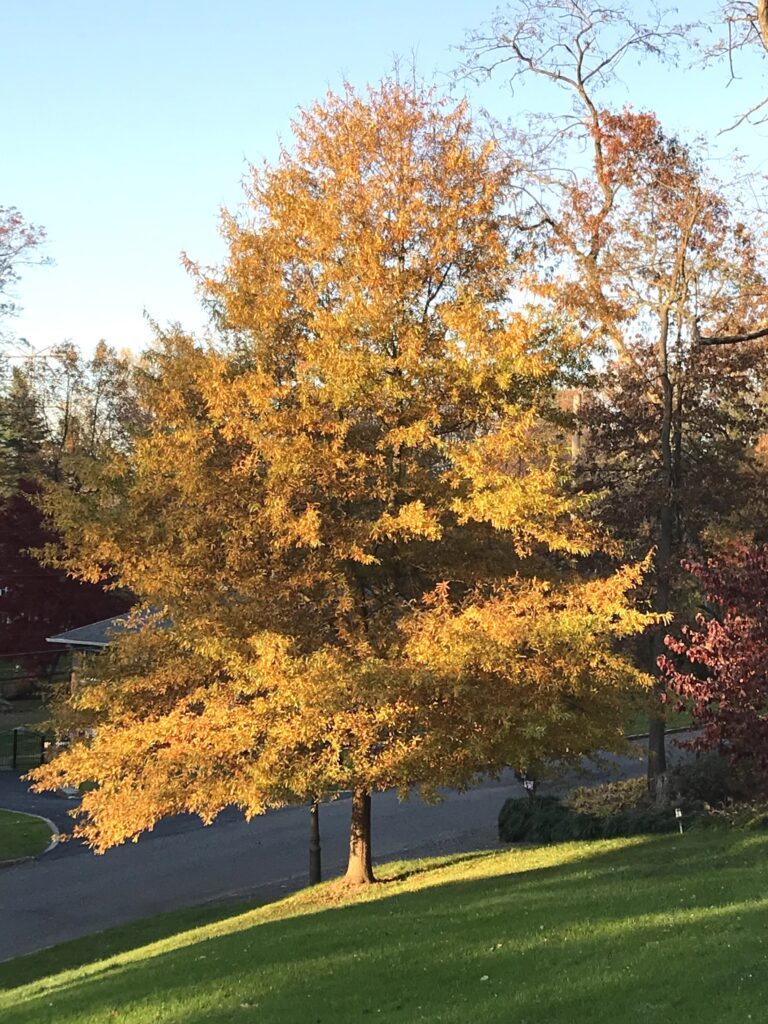
Like all native oak trees, Willow Oak has exceptional wildlife value. The leaves host hundreds of species of butterflies and moths, as well as many other beneficial insects, including fireflies. A mature oak provides habitat and food for all of our native song birds and many small mammals. My Willow Oak is still a baby, so it doesn’t produce acorns yet. It takes 15 to 20 years for the tree to start producing acorns, and the acorns take two years to ripen before they fall. The acorns are small, about a half-inch long, and they are a favorite food of blue jays, squirrels, and chipmunks.
I look forward to a long and happy life together with my favorite tree, and it makes me happy to think it will supply beauty, shade, food, and shelter to other living things long after I’m gone.

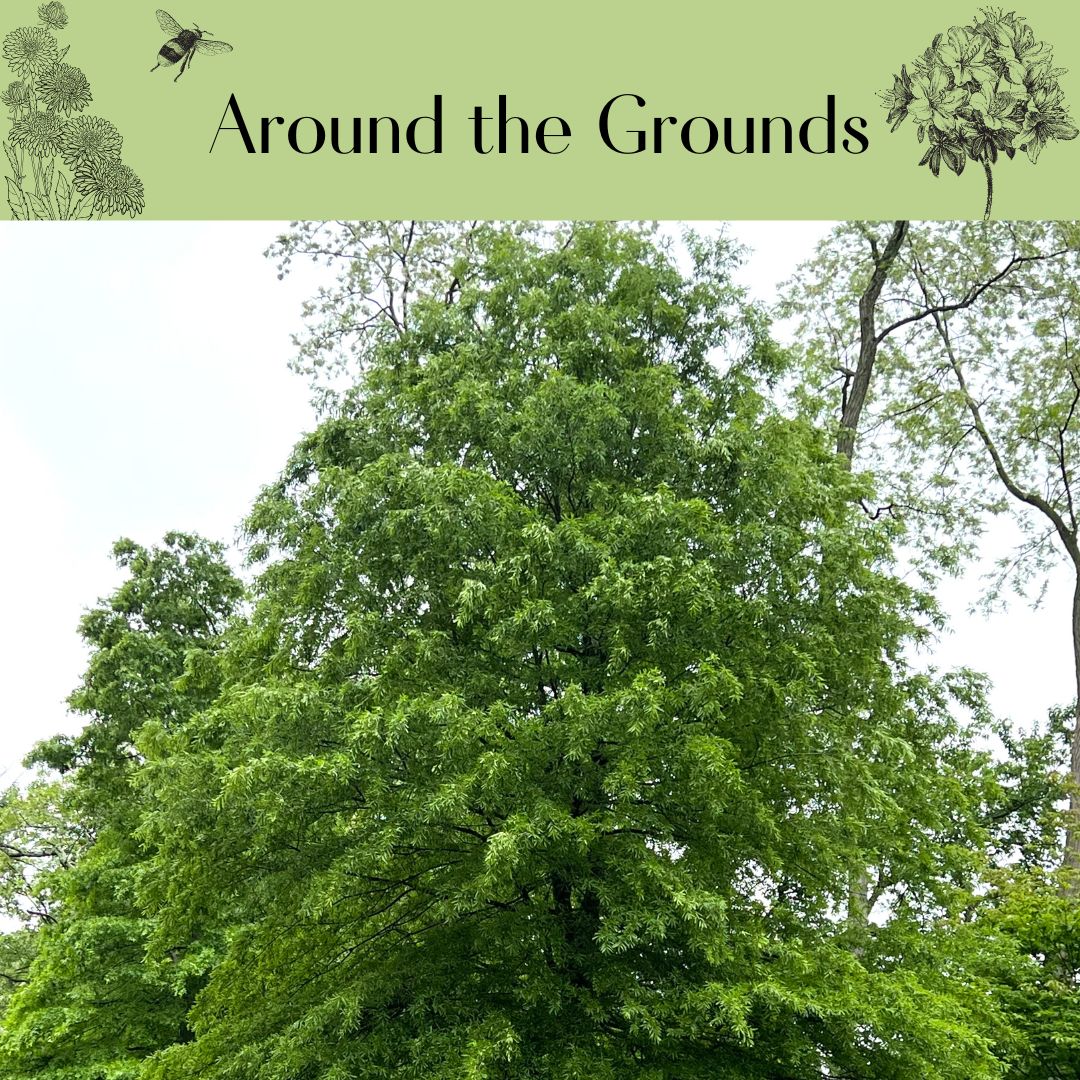
how cool! I’m particularly impressed by how quickly they grow!
This baby has grown over the years. They do self propagate here, I’ve found a good number on the eastern shores of the Hudson in Croton.
Well, that’s good news! In researching this post, I learned that oaks are not self-pollinating. They are wind pollinated and need fertilization by another tree of the same species to bear fertile acorns. Since I don’t know of another Willow Oak in my neighborhood, I feel pressure now to find my baby oak a mate before it’s ready to start producing acorns! I guess I have to find room for another one or talk a neighbor into planting one soon!
We admire your willow oak every time we walk by your house. Absolutely gorgeous!
David and Susan
Great story, Cathy. I like the personal touch!
It’s love!